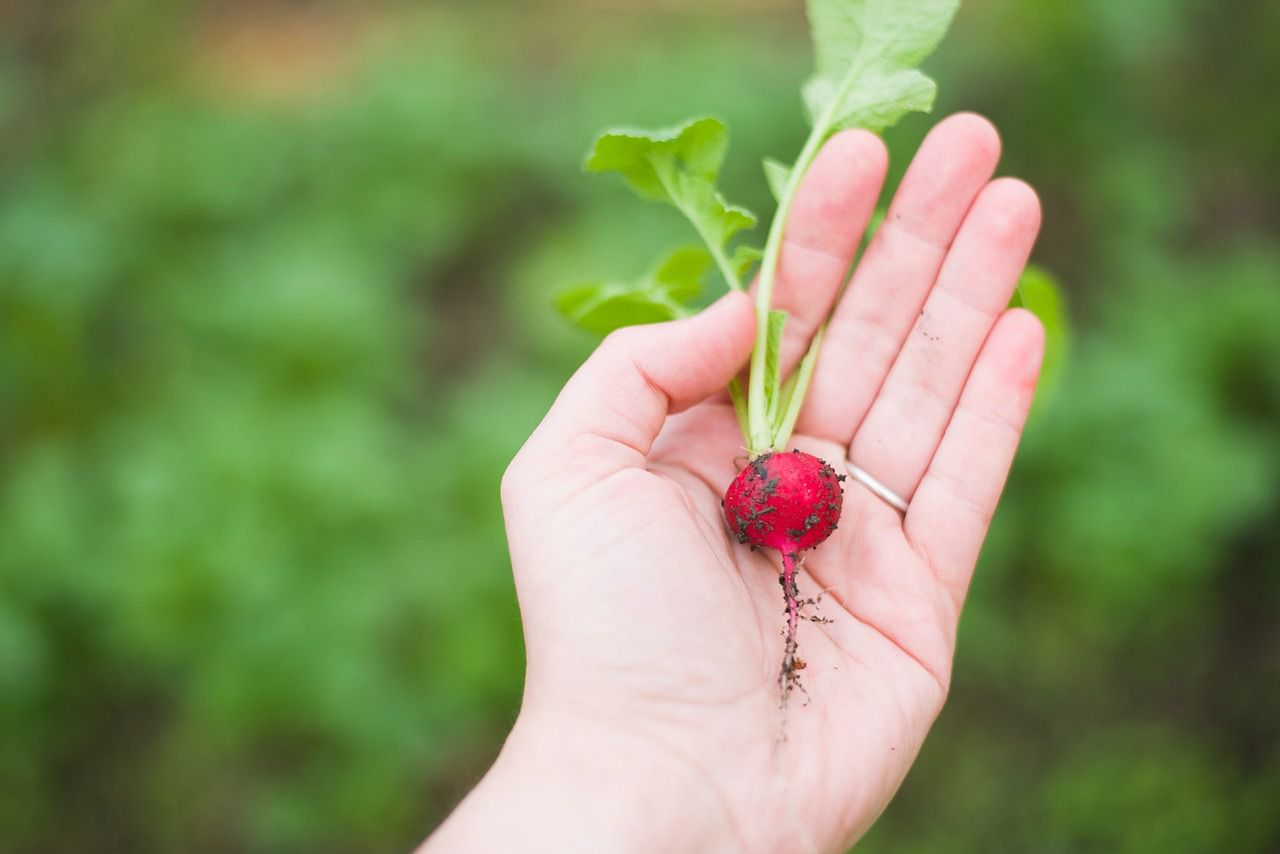Radish is a great ingredient for many healthy dishes , and it contains a huge amount of nutrients that are great for your overall health.
If you don't have a garden, then you can always grow them at home just on your windowsill - it's easy!
Here are a few tips on how to do it.

Choose the Right Spot
Find a sunny spot in your house and a suitable container to grow them indoors. Radishes like at least 6 hours of sunlight each day.
Prepare the Soil
Radishes prefer well-draining soil that's rich in organic matter. You can add compost to your soil to make it more nutritious.
Plant the Seeds
Plant radish seeds directly into the soil or container. Make small holes about half an inch deep and space the seeds about an inch apart.
If you're planting rows, leave about 4-6 inches between them.
Watering
Keep the soil consistently moist, but avoid overwatering, as radishes don't like soggy soil. Water them regularly, especially during dry spells.
Thin the Seedlings
Once your radish seedlings are a few inches tall, thin them out.
This means removing some of the seedlings to give the remaining ones enough space to grow. Space them about 2-3 inches apart.
Fertilize Sparingly
Radishes don't need much fertilizer. If your soil is rich in compost, they should grow well.
If you do use fertilizer, choose a balanced one and follow the package instructions.
Watch for Pests
Keep an eye out for common garden pests like aphids or flea beetles.
If you see them, you can use natural remedies or insecticidal soap to protect your radishes.
Succession Planting
If you love radishes, consider planting new seeds every couple of weeks to have a continuous supply throughout the growing season.
Conclusion
If you have a sunny spot in your house - then it's your best chance to grow lots of healthy veggies at home!











